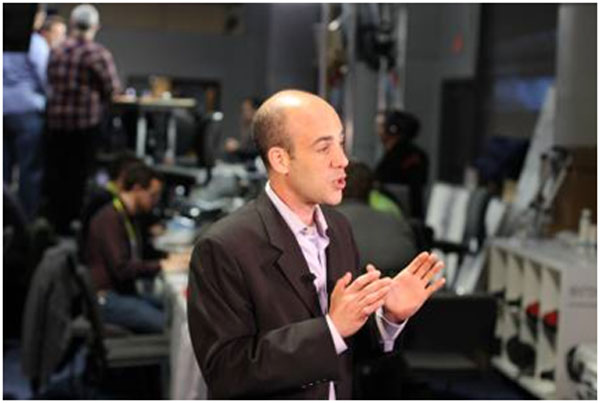
Public Affairs and Government Relations
The public affairs staff in a public relations agency includes experts with experience in politics, government operations, and public-issues analysis. The public relations team is experienced in planning and conducting broadly based as well as narrowly targeted communications programs. Activities range from grassroots efforts to campaigns aimed at generating mass support for significant national issues. Topical concerns include energy issues, consumer affairs, government deregulation, environmental protection, occupational safety, resource recovery, public lands development, and many others.
A good PR firm also specializes in the creation of institutional and advocacy advertising in print and broadcast media to reach target audiences and achieve public affairs objectives. It creates campaigns as well as manages all aspects of their implementation.
Broadcast Communications
In a large public relations agency, the broadcast communications division staff includes professionals with experience as TV and radio news reporters, writers, filmmakers, directors, and broadcast producers.
The production of television and radio features is the division's primary responsibility. Millions of TV viewers across the country regularly watch video news features that are syndicated by PR agencies own networks of TV stations and cable television systems. The unit also creates documentary films as well as full-length features for corporate and marketing communications uses, including employee relations, sales training, and industrial demonstrations.
The broadcast communications staff also develops and conducts personalized media training workshops for client executives and other spokespersons. The workshops help participants understand electronic media and prepare for news interviews, especially on television, through videotaped role-playing and simulated interviews.
Other assignments include developing concepts for TV and radio programming; scheduling interviews for client spokespersons on national and local broadcast news shows, talk shows, and public affairs programs; and arranging video teleconferences between various locations through satellite television facilities.
Visual Communications
Color, type, shape, size, illustration, dimension, photography—all of these design considerations require clear thought and analysis before they are combined to create a distinct form of communication. Once knowledge is gained, only then can ideas be translated into visual imagery that communicates in a stimulating and informative way to achieve a desired purpose.
A full-service graphic arts center creates corporate identity and visual identification systems; collateral materials, including annual reports, brochures, posters, and booklets; logotypes and other symbols for special events; promotional materials, such as point-of-purchase displays and three-dimensional exhibits; and broadcast animation for television programming.
Corporate, institutional, and public affairs advertising is another specialty. In addition to the conceptual development of a campaign's graphic theme and the production of advertisements, the company also handles campaign execution.
The daily interaction between the design staff and account managers sharpens sensitivities among both groups and increases understanding about the relationship of design to other communications techniques.
See the following articles for more information:
- The PR Worker’s Typical Day
- Public Relations Today and Tomorrow
- Public Relations as a Career Opportunity
- Public Relations Serves Many Functions
